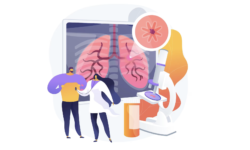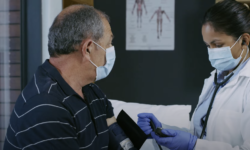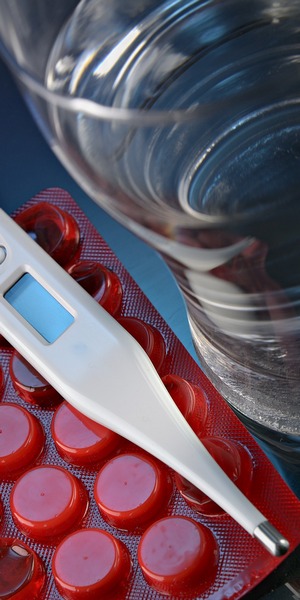Concussion Nosebleed: A Full Guide to Symptoms and Care

In the realm of head injuries, recognizing their potential signs and symptoms is of paramount importance. This article delves into the fascinating connection between concussions and nosebleeds, offering crucial insights and practical guidance.
Alongside, we’ll equip you with essential first-aid knowledge for dealing with concussions and nosebleeds, ensuring that you’re well-prepared to respond effectively when the situation demands it.
Unraveling the Concussion-Nosebleed Link
Grasping the Nature of Concussions
Concussions are traumatic brain injuries that result from a blow or jolt to the head, causing a disruption in normal brain function. These injuries often occur due to sports-related incidents, accidents, or falls. While the symptoms may vary, they typically encompass confusion, dizziness, nausea, and headaches.
Delving into Nosebleeds
Nosebleeds, scientifically known as epistaxis, can have various triggers, including dry air, nasal injuries, or underlying medical conditions. These episodes entail bleeding from the blood vessels inside the nasal cavity and can be distressing experiences.
The Intricate Connection Between Concussions and Nosebleeds
Common Underlying Causes
Remarkably, some situations leading to a concussion can simultaneously result in a nosebleed. For instance, a severe impact to the head can trigger both a concussion and a nosebleed simultaneously, highlighting the complex interplay between these two conditions.
The Role of Elevated Blood Pressure
Concussions occasionally elevate blood pressure, making individuals prone to nosebleeds more susceptible to this issue. Recognizing this link is crucial, as it necessitates prompt attention and care.
Offering First Aid for Concussions and Nosebleeds
Practical Strategies for Concussion First Aid
- Assess the Situation: Ensure the injured person’s safety and stability. Look for signs of a concussion, such as confusion or loss of consciousness;
- Summon Medical Assistance: If a concussion is suspected, promptly seek professional medical help. A healthcare expert can evaluate the severity of the injury;
- Maintain Calm and Immobility:Encourage the injured individual to remain calm and minimize unnecessary movements;
- Apply Ice for Swelling: To mitigate swelling, use an ice pack wrapped in cloth on the affected area for 20 minutes every hour;
- Monitor Symptoms: Keep a vigilant eye on the person’s condition, noting any changes or worsening symptoms.
Managing Nosebleeds
- Positioning Matters: In the event of a nosebleed, instruct the individual to lean slightly forward to prevent blood from flowing down their throat;
- Nasal Pinching Technique: Gently pinch both nostrils together and maintain pressure for approximately 10-15 minutes. This method aids in halting the bleeding;
- Cold Compress Application: Applying a cold compress to the nose can constrict blood vessels, facilitating clotting.
Concussion Prevention
Prevention serves as the most effective strategy against concussions. Consider these precautions to minimize the risk of head injuries:
- Embrace Protective Gear: Whether engaging in sports, cycling, or other activities with a heightened risk of head injuries, always don appropriate protective gear, including helmets;
- Adhere to Safety Guidelines: Follow safety protocols and rules in sports and recreational pursuits, as these are designed to curtail the risk of head injuries;
- Home Safety Measures: Enhance your home’s safety by securing loose rugs, removing tripping hazards, and installing handrails where necessary to prevent falls.
Strategies to Reduce Nosebleed Occurrence
To diminish the likelihood of nosebleeds, consider these recommendations:
- Optimal Humidity: In seasons with dry air or low humidity environments, employ a humidifier to maintain moisture in the nasal passages;
- Regular Nasal Saline Spray Use: Consistently using a saline nasal spray can combat dryness and irritation within the nasal passages;
- Avoid Nose-Picking: Discourage the habit of nose-picking, which can inflict damage on the fragile blood vessels inside the nose, potentially triggering bleeding.
Conclusion
Сomprehending the intricate relationship between concussions and nosebleeds is pivotal for a timely and effective response. Prioritizing safety and swiftly seeking professional medical assistance, especially in cases of suspected concussions, is imperative.
By adhering to the first-aid guidance outlined here and adopting preventive measures, you can better safeguard yourself and others against the risks associated with head injuries and nosebleeds. Ultimately, staying well-informed and adequately prepared can significantly enhance health and well-being in any situation.







